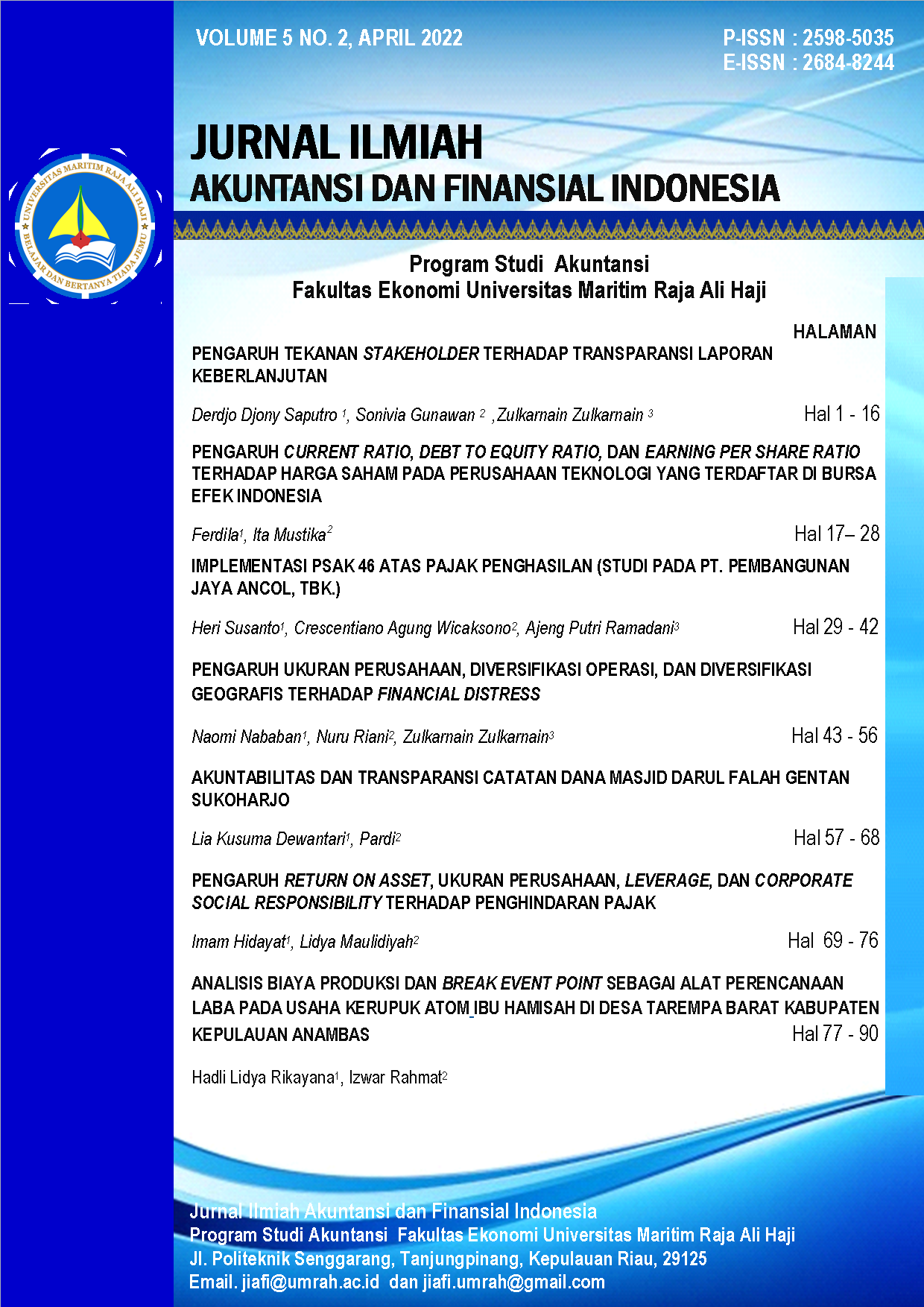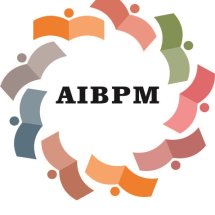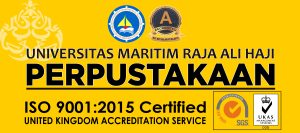Implementasi PSAK 46 atas Pajak Penghasilan (Studi pada PT. Pembangunan Jaya Ancol, Tbk.)
DOI:
https://doi.org/10.31629/jiafi.v5i2.4259Keywords:
Kata Kunci : Pajak Penghasilan, PSAK No. 46, Laporan KeuanganAbstract
This study aims to analyze the implementation of Income Tax at PT Pembangunan Jaya Ancol Tbk based on the provisions of the Statement of Financial Accounting Standards (PSAK) No. 46 Income Tax. The researcher used a combined data analysis method between descriptive data analysis and quantitative data analysis in order to produce a more detailed report in describing, analyzing and interpreting the data. Based on the results of the research that has been done, the researchers found several applications that were in accordance with PSAK No. 46 of them are PT Pembangunan Jaya Ancol Tbk which has implemented PSAK No. 46 regarding Income Tax on the recognition of tax expense in accordance with paragraph 05, the company has also calculated transactions or events related to other comprehensive income that are not calculated outside the calculation of profit or loss in accordance with PSAK No. 46 paragraph 05, recognition of tax difference from tax payable and tax for the period as an asset, recognition of the larger benefit as deferred tax liability and provisions for offset or tax amnesty in accordance with the provisions of PSAK no. 46. ​​However, the company has not treated donations or grants in accordance with the provisions and implementation of PSAK No. 46 regarding income tax in paragraph 33, apart from that, not all financial statements at PT Pembangunan Jaya Ancol Tbk do not include information on taxes written off during that period.








